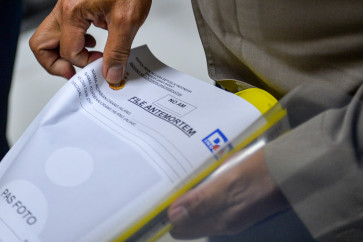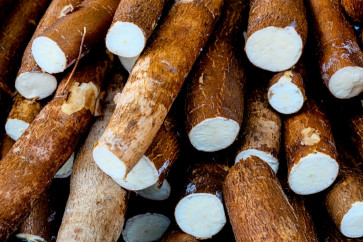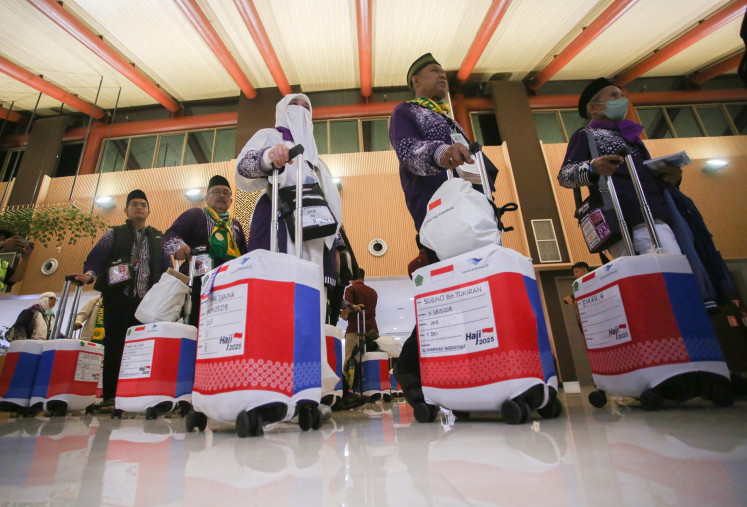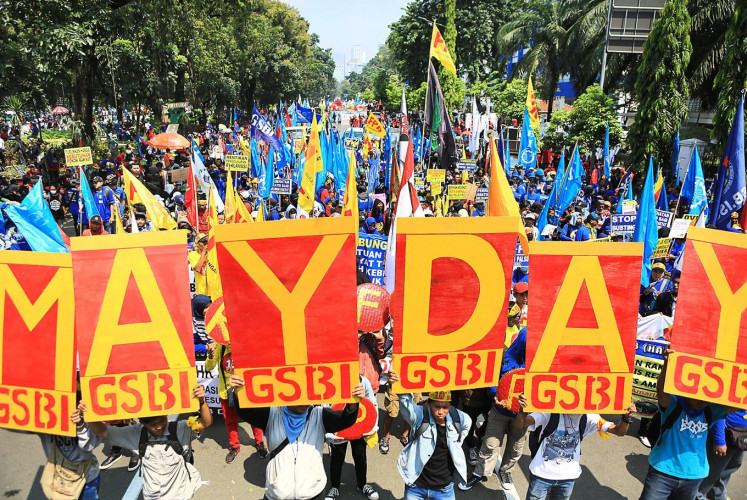Grasberg’s underground mine to bear fruit in 2022
State-owned mining holding firm PT Indonesia Asahan Aluminium (Inalum) expects hardly any earnings from the Papua-based Grasberg mine next year and projects its full benefits to come no sooner than 2022
Change text size
Gift Premium Articles
to Anyone

S
tate-owned mining holding firm PT Indonesia Asahan Aluminium (Inalum) expects hardly any earnings from the Papua-based Grasberg mine next year and projects its full benefits to come no sooner than 2022.
The state-owned business entity is set to acquire a controlling stake in gold and copper mining firm PT Freeport Indonesia (PTFI), the operator of the underground mine, by April as part of the negotiations to extend the latter’s operating permit in the country beyond 2021 to 2041.
If all goes as expected, Inalum would see Grasberg reach its highest production rate this year, as that would be the last year of open-pit production at the site, Inalum president director Budi Gunadi Sadikin said.
“In 2018, Grasberg’s open pit will be depleted, while the development of its underground mines will just start. Therefore, production, revenue and cash flow from Grasberg will be at a record low in 2019, before gradually surging to its normal level once again in 2022,” he recently said.
PTFI aims to sell 544,000 metric tons of copper and 2.4 million ounces of gold in 2018. Throughout last year, the local unit of United States-based mining giant Freeport-McMoRan (FCX) sold only 445,000 tons of copper, down 6.92 percent year-on-year (yoy), and 1.54 million ounces of gold, up 46.11 percent yoy.
The downward trend in PTFI’s copper sales is attributable to temporary disruptions in the operation at Grasberg, the world’s second-biggest copper mine as well as top gold mine, in the first half of 2017, when its dispute with the government escalated.
Budi said Inalum would only sell leftover gold and copper stocks from Grasberg in 2019, while commencing the transition into the Grasberg Block Cave (GBC) underground mine.
According to its schedule, the company would begin in 2025 with the development of another underground mine, Kucing Liar. It claims this mine has huge reserves that can last beyond 2041, when PTFI’s extended operating permit is slated to expire.
“If we start digging in the Kucing Liar mine in 2025 and start production in 2030, there will be only around 10 years for PTFI to exploit its reserves. Hence, PTFI is still considering whether it has to invest in the mine now, because there won’t be enough time for it to exploit its entire reserves,” Budi explained.
Grasberg’s total ore reserves amounted to 1,382 million tons at the end of last year. GBC accounted for 69.7 percent of that figure, while another 26 percent derived from Kucing Liar, according to the international mining industry consultant Behre Dolbear.
In a report published on Feb. 13, Deutsche Bank estimated that Grasberg will require capital expenditure of around US$9.4 billion in the 2018-2041 period, $4.1 billion of which will be used to develop the GBC starting in 2019 and $3.4 billion will be spent on Kucing Liar starting in 2025.
Separately, PTFI spokesperson Riza Pratama said the company had invested $8 billion since 2004 to develop Grasberg’s underground mine.
“If we obtain an operating permit extension, we will invest around $20 billion until 2041,” he recently said.









